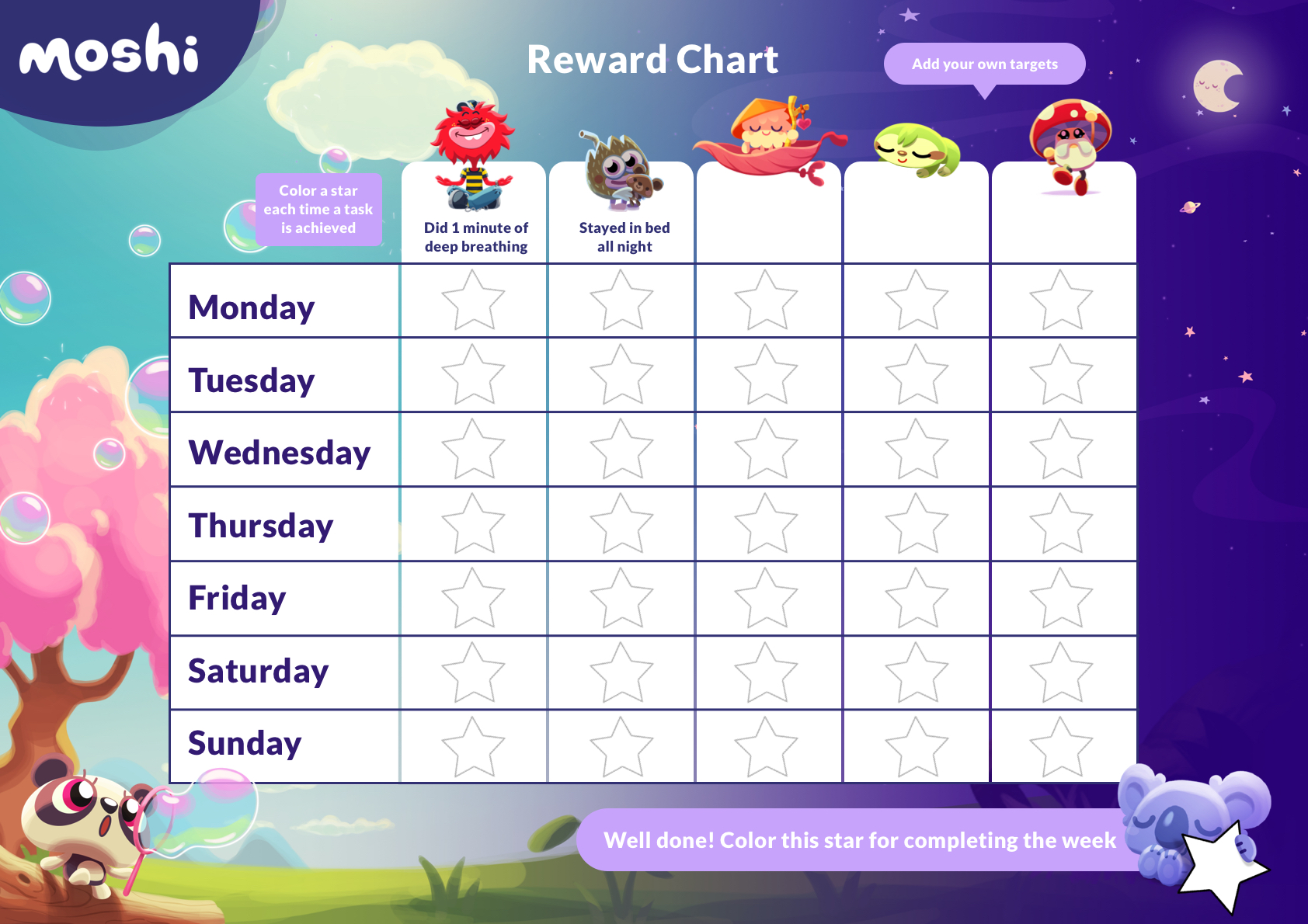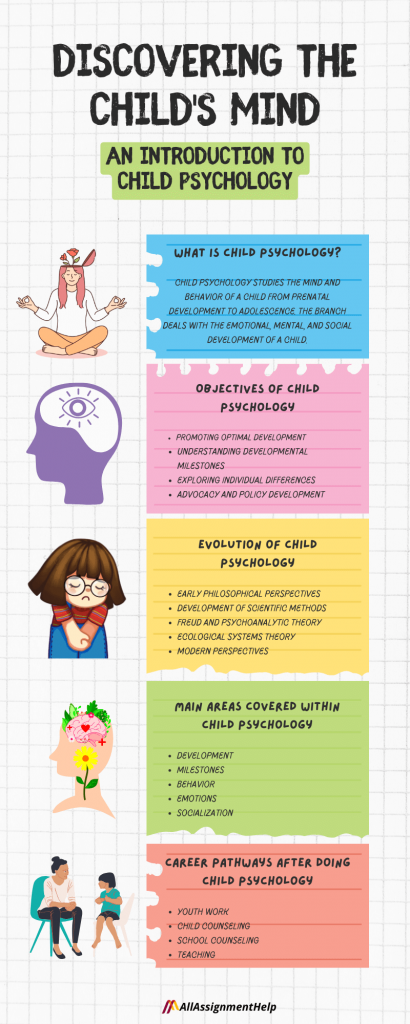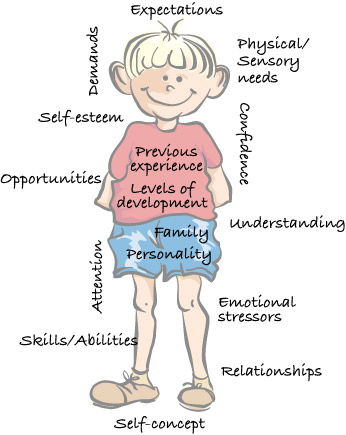There comes a time in every parent’s life when they think—Can my baby be placed in a carrier facing forward now? This thought is both joyful and worrying. Because a baby is the most sensitive creature.
Before placing him in a carrier facing forward, you need to know about his age, body structure, and comfort level. Placing him in this position can be dangerous if the time is not right.
In this article, we will explain—when, how, and in which carrier you can Put Baby in Carrier Front Facing safely. We will give you emotional but realistic guidelines so that you can keep your child in the right love and protection.
Looking at the baby’s face, seeing his little smile, learning to see his world all is possible, if you make the right decision at the right time. Let’s start this beautiful parenting journey hand in hand.
Put baby in carrier front facing: Correct age and physical readiness
When we want to put the baby in carrier front facing, it is important to be careful about his age and physical readiness. Because in this position, the baby’s neck, head, and back are under more pressure.
Usually, babies develop strong head and neck control around 5–6 months, which is when brief forward-facing can be considered. If your baby can’t hold their head steady yet, they shouldn’t be placed in a forward-facing position (BabyBjörn guidance, accessed 2025-10-11 and product pages noting facing-out from about 5 months; AAP stresses airway and head support). Source (accessed 2025-10-11); AAP HealthyChildren, updated 2025-04-11.
The more your baby’s body is ready, the more comfortable they will be in a front-facing position. This is very similar to the Which Way Should Baby Face in Stroller? guideline, which also discusses the correctness and safety of the facing direction.
A simple and emotional guideline on when and how to safely Put Baby in Carrier Front Facing your baby. The right age, safety, and parenting tips are here.

The importance of baby’s neck and head control
When you put baby in a carrier front-facing, it is very important to have neck and head control. This control typically develops between 5–6 months of age; without this control, sitting facing forward can be risky for the baby (BabyBjörn, accessed 2025-10-11; AAP airway guidance updated 2025-04-11). Source; Source.
Head tilting can cause breathing problems.
So make sure your baby is physically ready to sit in a front-facing position.
Height and weight considerations
- It is important to check your baby’s height and weight before putting baby in a carrier front-facing.
- The baby’s chin should be above the top edge of the carrier when seated properly (manufacturer guidance). Ergobaby blog, 2025-08-20.
- The weight of the baby must be within the carrier’s guidelines. Check your specific model’s manual for exact limits. BabyBjörn manuals (accessed 2025-10-11).
- Excess weight can put pressure on the frame and cause the fitting to be incorrect.
- Consider these points carefully for the comfort and safety of the baby.
Put baby in carrier front facing: Safety guidelines
When placing your little one in the put baby in carrier front facing position, the most important thing is safety. Many parents think that the baby gets more pleasure if they are placed facing forward, but it is important to follow some precautions. It is very important to keep an eye on the baby’s neck strength, correct posture, and open airway. Check on your baby frequently, keep fabric away from the face, and be extra cautious with infants under 4 months, who have higher suffocation risk in some sling positions (AAP/HealthyChildren, updated 2025-04-11, summarizing CPSC warnings). Source. For more stroller timing details, you can also read When Can Baby Sit in Stroller?
Neck risks and breathing problems
If you put your baby in the carrier front facing position, if the head leans forward, breathing problems can occur. This can be very dangerous:
- Check that the head and neck are supported and the airway is clear when putting your baby in the carrier front facing (AAP/HealthyChildren, updated 2025-04-11). Source.
- If your baby gets sleepy, switch to inward-facing immediately to protect their airway (manufacturer and AAP-aligned guidance). Ergobaby, 2025-08-20.
- Set the carrier upright and close to your chest.
- Make sure that the baby’s chin does not tuck toward the chest.
- Check frequently for clear nose and mouth and comfortable positioning (AAP/HealthyChildren, updated 2025-04-11). Source.
Excessive stimulation and stress
Putting baby in carrier front facing allows the baby to see a lot of things around them. This can cause them to become overly excited:
- If they see too much light, sound, or color, they may become nervous.
- Start with short sessions (about 10–20 minutes), then take breaks, increasing time gradually if baby is happy (manufacturer guidance). Ergobaby, 2025-08-20.
- Watch cues and avoid long periods if baby seems overstimulated.
- Let them relax by facing inward from time to time.
For a quick safety checklist, see the T.I.C.K.S. babywearing rules (PDF), and review the AAP baby carrier safety tips (updated 2025-04-11).
Put baby in carrier front facing: Alternative positions and suggestions
Not all babies are the same. So not everyone can be placed in a front facing carrier. Many times babies are not comfortable or get bored in this position. In this case, alternative positions such as hip carry and back carry can be beneficial.
These options can be right according to the baby’s body structure and mood. It is good to consider these positions before putting baby in carrier front facing. Hip or back carry is much more comfortable, especially when using the carrier for a long time.
So mothers are less tired and the baby is also in a good mood. So, if the put baby in carrier front facing position does not suit you, choose an alternative.
Hip carry and back carry
- If the baby feels uncomfortable with the front facing position, try the hip carry.
- Hip carry keeps the baby on the side and maintains balance.
- Back carry is very useful for long trips.
- Both hip and back carry are safe and comfortable when your baby meets your carrier’s minimums (usually sitting unassisted and ~7.8 kg/17.2 lb for many models, often around 6 months—confirm in your manual). Ergobaby FAQ (accessed 2025-10-11).
- Choose “hip-healthy” support (M-position) to protect developing hips. International Hip Dysplasia Institute (IHDI).
Time limit and observation
- Begin with short forward-facing sessions (about 10–20 minutes) and take breaks, watching your baby’s cues. Ergobaby, 2025-08-20.
- Long stretches can put pressure on the back or neck and may overstimulate some babies.
- Look at the baby’s face and eye movements to understand if he is comfortable.
- If he is upset or cries, change the position immediately.
- Not only put the baby in the front facing position, but also pay attention to his mental state.
This Do You Need an Umbrella Stroller? As the blog also shows, strollers and carriers are not always suitable in the same way. Therefore, just as it is important to consider alternative carrier positions before putting baby in carrier front facing, it can also be especially important to use a shaded or light stroller.
For example, child health organizations emphasize airway safety and age/size readiness when using forward-facing. Review the AAP baby carrier safety tips (updated 2025-04-11) before choosing this position.
Put baby in carrier front facing: Parents’ experiences and advice
When parents put baby in carrier front facing, various feelings work within them excitement, fear, sense of responsibility. When parents share their experiences, others benefit.
Many say that even though they feel nervous at first, they get satisfaction from seeing their baby enjoy the front-facing position. Some others report pain or discomfort. Therefore, it is necessary to know and analyze the experiences.
In addition, following the advice of pediatricians can provide a safe and enjoyable experience. It should be remembered that the child should be comfortable and protected while putting baby in carrier front facing.
Real Experiences and Sharing
Many parents say that when they first put baby in carrier front facing, the baby becomes more alert and curious.
- Some say that the baby smiles more in this position.
- Some say that the baby gets the opportunity to see new things when going outside.
- Some warn that sitting for a long time can be uncomfortable.
- Many say that the baby has a good mood in this position.
- Some mention that it is important to ensure neck strength when using this position for the first time.
These experiences help new parents to make safe decisions. Therefore, it is very important to know the real experiences of others. Every time you put baby in carrier front facing, share that experience yourself.
Expert Advice and Guidelines
Pediatricians say that not all babies grow at the same pace. Therefore, before putting baby in carrier front facing, they ask you to pay attention to the following aspects:
- How strong the baby’s neck muscles have become.
- Whether the baby can hold his head straight on his own.
- Whether the baby’s weight and height are within the carrier’s standards and support an M-shaped seat for hip health (IHDI). Source.
How long is it safe to keep in this position each day?
It is important to monitor whether the baby is comfortable in this position. Start with short forward-facing sessions (about 10–20 minutes) and increase only if your baby remains happy and alert (manufacturer guidance). Ergobaby, 2025-08-20. These tips will ensure your baby’s safety. So whenever you think about putting baby in carrier front facing, keep these guidelines in mind.
If you are wondering whether a stroller or a carrier is suitable, you can check out the “Do You Need an Umbrella Stroller?” guide, which explains in a practical way which vehicle is needed when. If you want, you can add a reliable pediatric health site here, such as healthychildren.org (AAP, updated 2025-04-11).
FAQ
When can I Put Baby in Carrier Front Facing safely?
You can put your baby in a carrier facing forward when he can hold his head up on his own—often around 5–6 months—and when size requirements for your carrier are met (BabyBjörn guidance, accessed 2025-10-11). Source.
Is Front Facing Baby Carrier good for babies?
Yes, if used after the right age and preparation. It can increase a baby’s interest in the environment, but keep sessions short and watch cues (AAP airway guidance updated 2025-04-11; Ergobaby timing tips 2025-08-20). AAP; Ergobaby.
What are the risks of using front facing baby carrier too early?
Using it too early can stress the neck/back and compromise breathing if the chin tucks toward the chest. Always seek medical advice for babies with special health needs and follow AAP safety tips (updated 2025-04-11). Source.
How long can a baby stay in a front facing carrier?
Begin with about 10–20 minutes and take breaks; extend only if baby remains content and alert (manufacturer guidance). Ergobaby, 2025-08-20.
Can I use a front facing carrier during travel?
Yes, for short periods and only if the baby has strong head control and is comfortable. Switch to inward-facing if sleepy (AAP/HealthyChildren updated 2025-04-11; Ergobaby guidance 2025-08-20). AAP.
Which carrier is best for front facing?
Use an ergonomic carrier that supports an M-shaped seat for hip health. Brands like BabyBjörn and Ergobaby offer facing-out options; always confirm your model’s age/weight limits and certifications. IHDI; Manuals (accessed 2025-10-11).
Is front facing bad for baby hips?
No, if you use the right carrier and positioning. Choose a “hip-healthy” carrier and maintain the M-shape with knees above hips (IHDI). Source.
When should I switch from front facing to back carry?
Switch when your baby can sit unassisted and meets your carrier’s minimums—often around 6+ months for many models—while some brands suggest later; follow your manual (Ergobaby FAQ, accessed 2025-10-11; BabyBjörn pages note back-carry as baby gets bigger). Ergobaby FAQ; BabyBjörn.
Can I breastfeed while baby is in front facing position?
Usually no, because the position is not comfortable. Breastfeeding is easier in the inward position.
How to know if baby is uncomfortable in front facing position?
Baby is crying, twisting or turning his face these are signs of discomfort. Change the position immediately.
Conclusion
As a conscious parent, you definitely want your baby to be safe and comfortable.
By choosing the right time and carrier, you can easily put your baby in the Put Baby in Carrier Front Facing position.
The most important thing is to ensure the baby’s neck is strong, comfortable fit and limited time use. Decide now whether your baby is physically ready. If necessary, seek the advice of a pediatrician. And always pay attention to the language of his mind, because even if he cannot speak, he expresses his discomfort.
Prepare for a beautiful future experience today. Your child’s safety is in your hands.








4 thoughts on “When Can Put Baby in Carrier Front Facing: Ultimate Comfort”